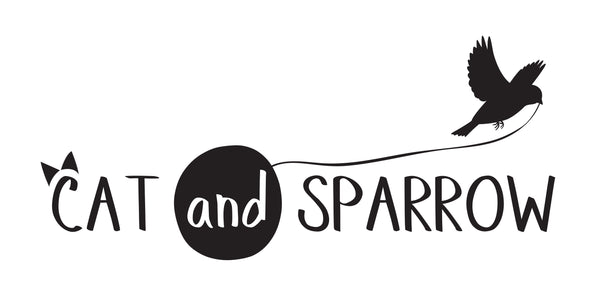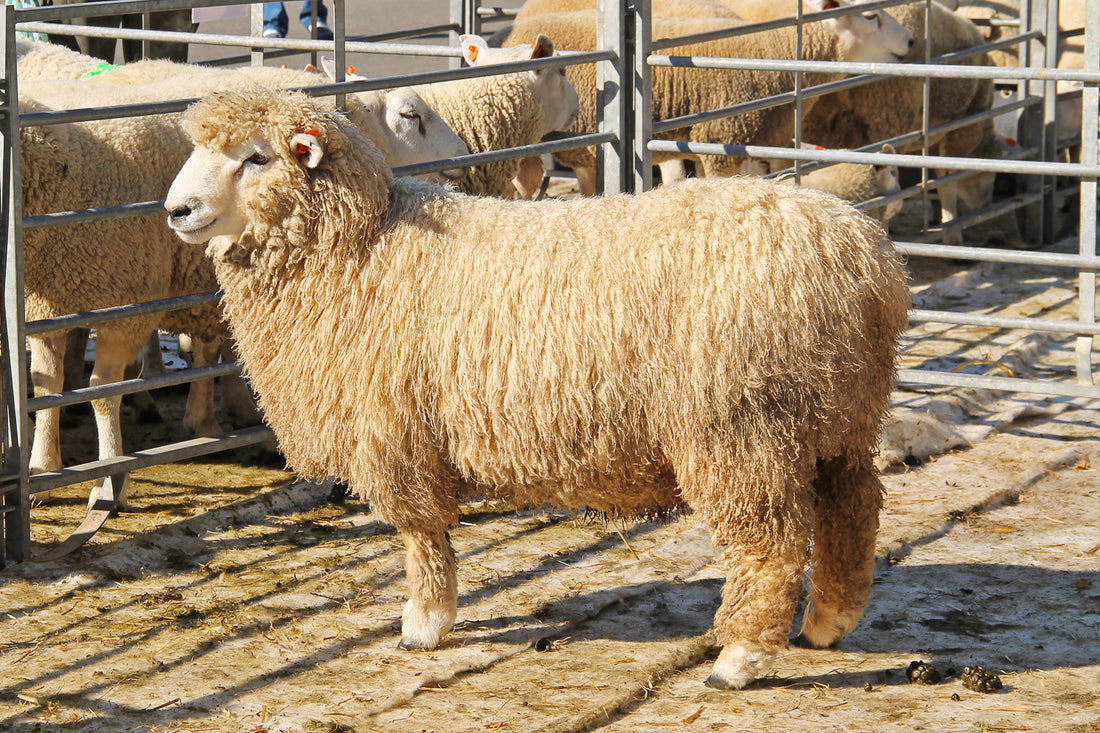A little bit of history
Romney sheep are the product of over 1,000 years of natural adaptation and breeding. The Romney Marsh area of Kent and East Sussex has always had a somewhat blurred border between sea and land. Human settlers have been controlling it for centuries using various technologies. The Romans used drainage ditches and sea walls, which allowed vegetation to grow on the lush, peaty soil.
Sheep were introduced to the area very early, and the Romney breed can be traced back to the 13th century, making it one of the oldest known specific breeds. Over the centuries, they adapted to the salty, marshy environment, which was often beset by high winds and rain.
The economics of the Romney Marsh area depended heavily on the strength of the English wool trade throughout the middle ages, until the Wool Act of 1660, which banned the export of wool and wool processing materials in an extraordinary act of economic protectionism. This led to an increase in smuggling along the marshy coastal areas, making the sheep even more vital to the local economy.
In the 18th and 19th centuries, the popularity of selective sheep-breeding was growing, and produced many breeds we know today. Shepherds in the marshes of Kent began to introduce some of the newer breeds to the Romney herds, such as the Dishley Leicester, to try encourage abundant, high quality fleece as well as good meat.
They did this with extraordinary success, as evidenced by the consistent high quality of Romney fleece today. Romney flocks now proliferate the world over, particularly in New Zealand. They're the most numerous breed of sheep in the world after Merino.
Why should you love it?
Deborah Robson and Carol Ekarius describe the Romney as 'most likely to be voted president of the Wool High School senior class' in their wonderful Fleece and Fibre Sourcebook. I'm a newcomer to Romney fibre and I wish I'd discovered it earlier - there is so much to love.
It is a semi-lustrous longwool with a staple length of between 4-8 inches. Strength, relative softness, drape and elasticity create a great all-rounder, perfect for sweaters, socks, mittens and hats. While it's not generally considered soft enough to wear on sensitive areas such as the neck, I'd happily wear a Romney sweater over a t-shirt. Romney also felts well, particularly at the coarser end of the scale.
Romney fibre is great for beginner spinners, as it's super easy to work with - its hand is open and easy to draft, and it's beautifully textured without being coarse.
The natural lustre of the wool helps create beautiful depth of shade when dyed. It works especially well when spun worsted, as the staple length and fibre diameter really lend themselves to strong, lightweight yarns.
A 3-ply sock-weight yarn will make beautiful, comfortable and hard-wearing socks, for example. It also works really well when blended with other fibres, lending its versatility to other breeds. I use it in my Superhero DK yarn, which is designed to withstand pilling – something longwools do particularly well.
Where can I get my hands on this stuff?
You can sample Romney in both fibre and yarn from my shop. I have a range of hand-dyed Kent Romney tops, which are just divine, and Romney features in my Superhero DK yarn. Check out the links below. If you're interested in spinning or felting with the fleece, go to Romney Marsh Wools, or try Etsy for smaller quantities.

